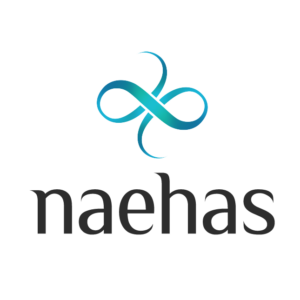Keeping up with regulatory changes – either in the course of regular work or preparing for examinations – is challenging.
In numerous surveys, particularly Venminder’s annual survey1, one of the top challenges of running a successful compliance and risk management program is simply “time management”. It’s difficult to do “the day job” without any changes, and then lump on the shifts in the consumer protection standards – and it’s nearly impossible to keep up. The easy example is the recently passed Prepaid Rule that spans nearly 1,000 pages; it’s difficult enough to read the entire volume much less put some of the fundamental and intricate requirements into place.
Even without the major revisions that might come out of the new administration, let’s look quickly back at the second quarter of 2019, which wasn’t necessarily even at a time of aggressive enforcement. In an article published by Continuity2, it was reported that there were 2,241 pages of new regulations and 72 enforcement actions) that alone would take at least an additional FTE in your compliance world to handle, understand, and put into practice. (Pro tip: it’s always a good idea to read through enforcement actions as a lens to view your own business in order to make proactive changes before you’re under the microscope.)
In fact, according to Pam Perdue at Continuity, in the decade following the 2008 financial crisis, there were more than 58,000 pages of new regulatory guidance. So how does one keep up? Let’s consider three solutions:
- Augment your staffing with incremental FTEs with a compliance background. Easy enough to do but a very expensive option. The demand for compliance talent is near an all-time high, so expect to pay above market rates for a while.
- Learn from the experts. The large law firms and their adjacent publications (e.g., Ballard Spahr, Bryan Cave, JD Supra) do an outstanding job of tackling the new regs, dissecting and distilling them, and allowing you to hone in on the parts you really need to pay attention to, depending on how it impact your business.
- Increase efficiency through additional automation. That’s where firms like Naehas come into play. Using standardized, yet highly customizable model language that draws from best practices and actual marketing materials from industry leaders, Naehas can deliver highly-tailored document review, allowing your compliance, legal and risk management teams to focus on the day-to-day business rather than multiple rounds of minutiae.
So which approach should you choose? The best solution is likely a combination of each of these three items: looking for ways to reliably interpret the regulation, increase efficiency and THUS REDUCE the time to put changes into practice, and test that they are accurate.
For more information, visit naehas.com/solutions/intelligent-reviews or schedule a demo today.
1 Survey citation https://www.venminder.com/library/state-third-party-risk-management?hsCtaTracking=ea99a0e3-a743-44e2-b989-10b3adc7cda8%7Ce41d9188-6f7e-40c4-a222-c01960f00239
2 Continuity reference on pages published https://www.globenewswire.com/news-release/2019/07/15/1882909/0/en/Uptick-in-Banking-Compliance-Index-Reflects-Limited-Relief-for-Banks-Credit-Unions.html






